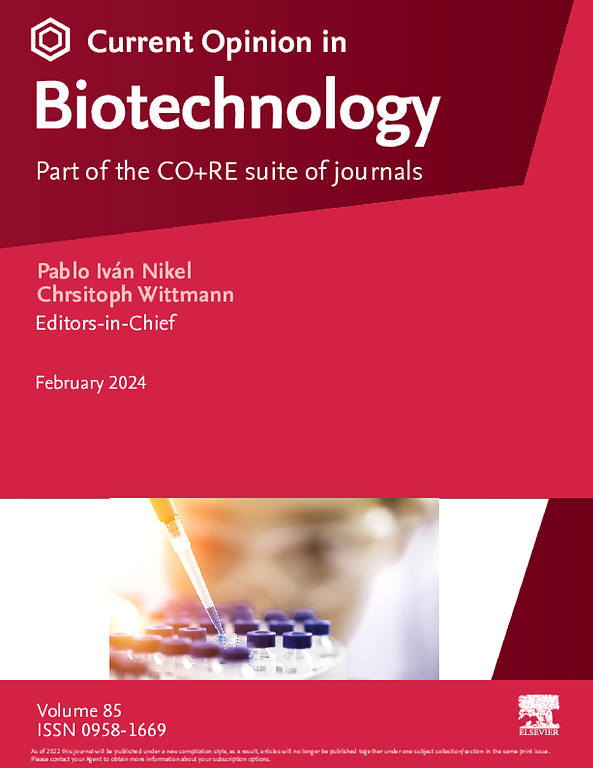高通量嵌合抗原受体 T 细胞发现的挑战和未来展望。
IF 7
2区 工程技术
Q1 BIOCHEMICAL RESEARCH METHODS
引用次数: 0
摘要
目前正在开发新型嵌合抗原受体(CAR)T细胞设计,以克服肿瘤识别、贩运、靶上但非肿瘤结合、细胞毒性、持久性以及肿瘤微环境中的免疫抑制等难题。传统的 CAR 工程是一个迭代、假设驱动的过程,在这个过程中,新的设计被合理地构建并测试体内疗效,我们借鉴了基于小分子和蛋白质的治疗发现领域的经验,同时考虑了高通量功能筛选技术如何开始应用于开发有前景的 CAR 候选者。我们回顾了高通量筛选方法的开发是如何简化 CAR 发现过程,最终提高效率和临床疗效的。本文章由计算机程序翻译,如有差异,请以英文原文为准。
Challenges and future perspectives for high-throughput chimeric antigen receptor T cell discovery
Novel chimeric antigen receptor (CAR) T cell designs are being developed to overcome challenges with tumor recognition, trafficking, on-target but off-tumor binding, cytotoxicity, persistence, and immune suppression within the tumor microenvironment. Whereas traditional CAR engineering is an iterative, hypothesis-driven process in which novel designs are rationally constructed and tested for in vivo efficacy, drawing from the fields of small-molecule and protein-based therapeutic discovery, we consider how high-throughput, functional screening technologies are beginning to be applied for the development of promising CAR candidates. We review how the development of high-throughput screening methods has the potential to streamline the CAR discovery process, ultimately improving efficiency and clinical efficacy.
求助全文
通过发布文献求助,成功后即可免费获取论文全文。
去求助
来源期刊

Current opinion in biotechnology
工程技术-生化研究方法
CiteScore
16.20
自引率
2.60%
发文量
226
审稿时长
4-8 weeks
期刊介绍:
Current Opinion in Biotechnology (COBIOT) is renowned for publishing authoritative, comprehensive, and systematic reviews. By offering clear and readable syntheses of current advances in biotechnology, COBIOT assists specialists in staying updated on the latest developments in the field. Expert authors annotate the most noteworthy papers from the vast array of information available today, providing readers with valuable insights and saving them time.
As part of the Current Opinion and Research (CO+RE) suite of journals, COBIOT is accompanied by the open-access primary research journal, Current Research in Biotechnology (CRBIOT). Leveraging the editorial excellence, high impact, and global reach of the Current Opinion legacy, CO+RE journals ensure they are widely read resources integral to scientists' workflows.
COBIOT is organized into themed sections, each reviewed once a year. These themes cover various areas of biotechnology, including analytical biotechnology, plant biotechnology, food biotechnology, energy biotechnology, environmental biotechnology, systems biology, nanobiotechnology, tissue, cell, and pathway engineering, chemical biotechnology, and pharmaceutical biotechnology.
 求助内容:
求助内容: 应助结果提醒方式:
应助结果提醒方式:


